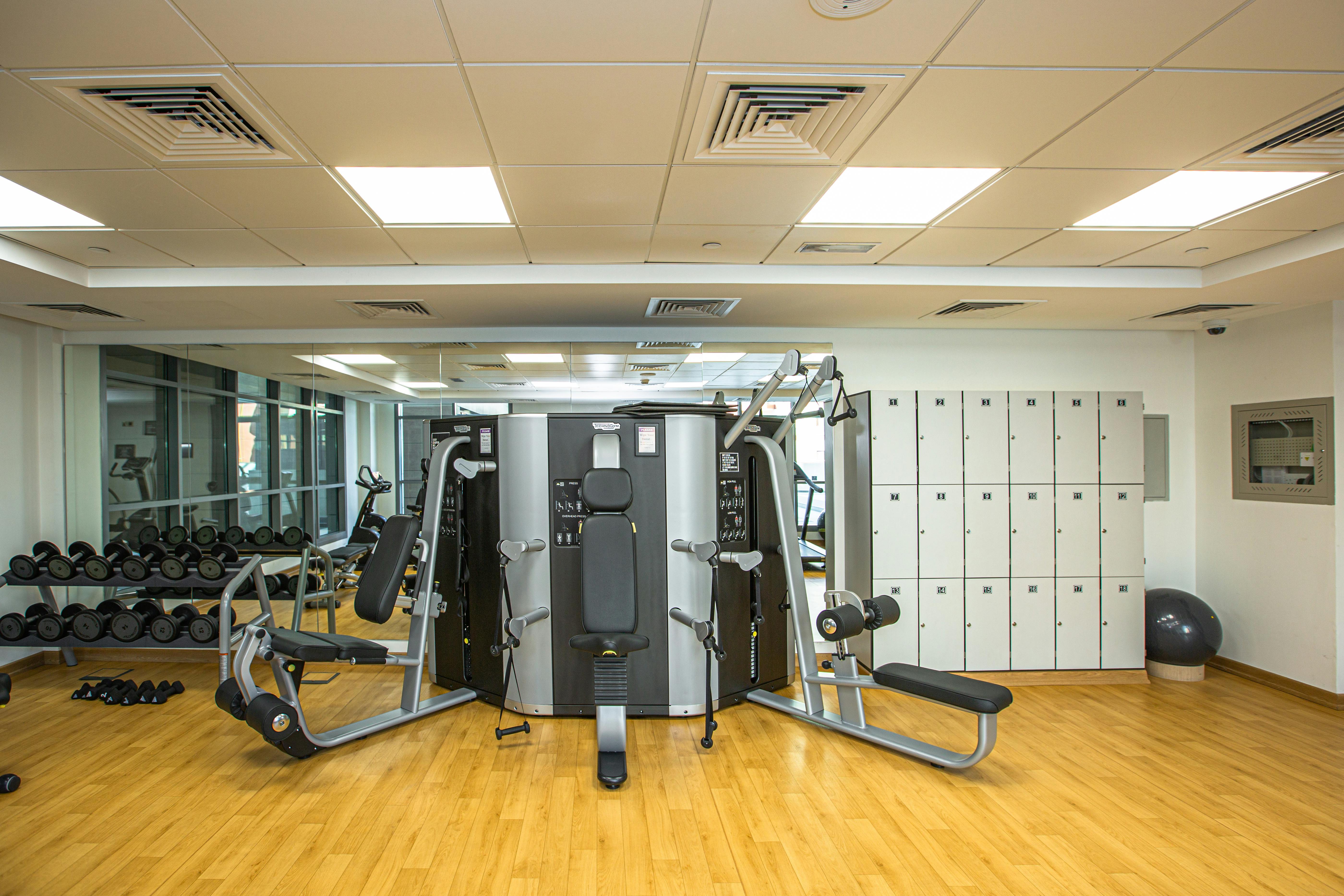Many people don’t think about something as simple as flood insurance until it’s too late and they’ve been stricken with basement water syndrome. But many do, and a grassroots waterproofing contractor will get a lot of calls from people wanting to know if they can work with their insurance company to get their services covered. The answer is of course “not always”, but it happens regularly.
There are a few reasons why your particular basement flood problem might not be covered by your insurance. More often than not, you don’t actually have flood insurance. As much as it sounds reasonable, most “multi-peril” homeowners insurance policies don’t really cover flooding: you need special, separate flood insurance to cover things like basement waterproofing.
Even if you have flood insurance, you still may not be safe. If the flood was caused by rising groundwater rather than an accident like a burst pipe, normal flood insurance won’t cover it. “Rising groundwater” basically means “it rained so much that the water table rose up the side walls of your house and into cracks etc”, but if ‘groundwater’ rises above the ground and you literally have a flood , the insurance will usually kick in and cover it.
Be careful, though, because while flood insurance will generally cover personal belongings you have in your home, things in your basement are usually specifically excluded. Your flood insurance will cover ‘essential’ structural elements and appliances like your heat pump, but it won’t do anything to improve the costs of post-flood basement remodeling. Even non-structural architectural elements, such as internal walls, are not covered; Any basement wall repairs that need to be done by a basement waterproofing company will have to come out of your own pocket.
Specifically covered:
-sump pumps
-well water tanks and pumps
-cisterns and the water inside
-oil tanks and oil inside
-tanks for natural gas and gas inside
-pumps or tanks used with solar energy furnaces
-water heaters
-air conditioners
-heat pumps
-electric junction boxes and circuit breakers (and their utility connections)
-foundation elements
-ladders
-ladders
-elevators
-dishes
-unpainted drywall walls and ceilings (including fiberglass insulation)
washing machines and drying machines
-freezers and the food inside them.
“Clean up costs” are also covered, so you can count on your insurance to help you get rid of your old stuff, but not to replace it.
Everyone should check to see if their community is covered by FEMA’s National Flood Insurance Program; If so, they have the option of buying pretty decent flood insurance at pretty good prices. The best part is that membership in a community covered by the NFIP is the only prerequisite. It doesn’t matter if you’re in a flood zone, have already flooded at least once, or even live on top of a hill – anyone in that community can (and should) get insurance that will cover basic basement waterproofing. and flood recovery.



